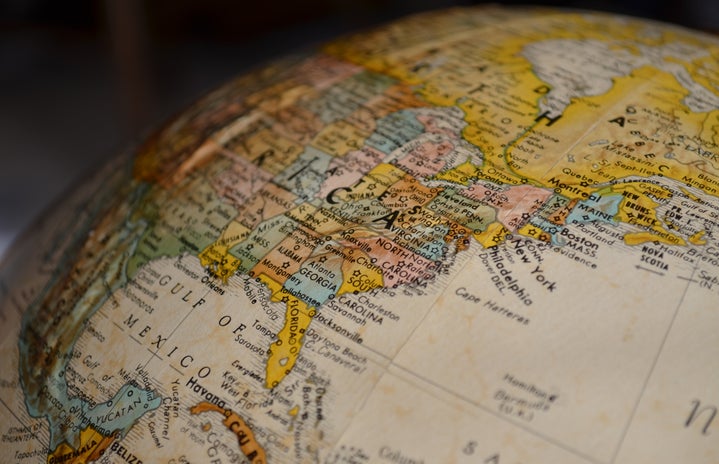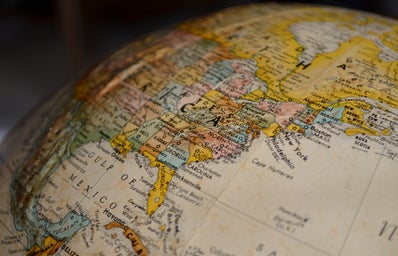When it comes to Caribbean diasporas, Nuyoricans and West Indians may not click together at first glance. But underneath the surface, they share similar stories.
In the aftermath of World War II, the United Kingdom was starving for workers to help rebuild the nation. The government passed the British Nationality Act 1948, granting citizenship to its commonwealth subjects, thus allowing smooth migration from country to country. Soon after the approval of Act 1948, hundreds of Jamaicans in Kingston, thinking London had streets paved in gold, rode the HMT Empire Windrush on its voyage to London. They were the first in the so-called “Windrush generation.”
Meanwhile, seven hundred miles east, Puerto Ricans were making a voyage of their own, only this one was towards the Big Apple. Air travel facilitated migration, and thousands of Puerto Ricans unable to find employment (despite Luis Muñoz Marin’s Operation Bootstrap) alluded to the American Dream.
It’s clear that both of these groups left their native homes in search of a better life; instead, they had to grapple with the prejudices of the nations they were migrating after. As a result of discrimination, the Puerto Ricans, Jamaicans, Trinidadians, and the rest of the colonized world, found it difficult to climb the social ladder. It was something they had promised for their effort against the Axis powers.
Their blight, however, gave way to art.
Sam Selvon, for example, came to London to expand his writing career. He wrote two novels before his third one, The Lonely Londoners , reached groundbreaking success. This third novel, inspired by Sam’s experience among fellow Trinidadians, including others from the British dominions in the Caribbean, took a different approach to its narration. Namely suffusing it with the English language only a “West Indian” could speak. This way, The Lonely Londoners revolted against standard English. If he would have used standard English, characters from the novel such as Moses, Sir Galahad, Big City, and Daniel wouldn’t have felt authentic given their colonial background.
Across the Atlantic, Puerto Rican New Yorkers weren’t short of writers. The Nuyorican movement burst into the scene during the 60s and 70s. Novels, plays, and poetry circulated and expounded on the migrant experience of Puerto Ricans. One of those writers was Pedro Pietri.
Pedro Pietri came to New York when he was three years old. At an early age, he showed an interest in writing, and when he graduated from High School he served in the Vietnam War. These experiences would prove vital, for in 1969 he wrote Puerto Rican Obituary, a poem expressing the misfortunes and hardships of Puerto Ricans in New York. “Juan/ Miguel/ Milagros / Olga / Manuel,” the poem reads, “All died yesterday / and will die again tomorrow / passing their bill collectors / on to the next kin”.
The influx of colonized writers challenged the “civilization” argument that for decades the colonial powers preached. It didn’t matter whether these “colored” folks were British or American citizens, their presence was met with disdain. Through their art, Sam Selvon, Pedro Pietri, and others mounted a resistance and challenged the establishment. Only time will judge whether their contributions carved a place in the history books.


